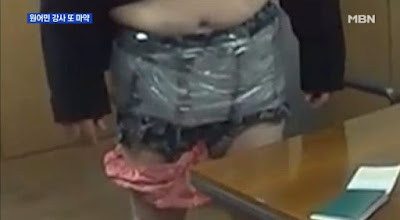Home Business and Internet Marketing
Home Business and Internet Marketing
Home Business and Internet Marketing
Home Business and Internet Marketing
Home Business and Internet Marketing
Home Business and Internet Marketing
Home Business and Internet Marketing
Home Business and Internet Marketing
Home Business and Internet Marketing
Home Business and Internet Marketing
Home Business and Internet Marketing
Home Business and Internet Marketing
Home Business and Internet Marketing
Health and Body
Health and Body
Health and Body
Health and Body
Health and Body
Health and Body
Health and Body
Health and Body
Health and Body
Health and Body
Health and Body
Health and Body
Health and Body
Education for Future
Education for Future
Education for Future
Education for Future
Education for Future
Education for Future
Education for Future
Education for Future
Education for Future
Education for Future
Education for Future
Education for Future
Education for Future
BEAUTY FOR WOMAN
BEAUTY FOR WOMAN
BEAUTY FOR WOMAN
BEAUTY FOR WOMAN
BEAUTY FOR WOMAN
BEAUTY FOR WOMAN
BEAUTY FOR WOMAN
BEAUTY FOR WOMAN
BEAUTY FOR WOMAN
BEAUTY FOR WOMAN
BEAUTY FOR WOMAN
BEAUTY FOR WOMAN
BEAUTY FOR WOMAN
Foreign Exchange Trading Articles
Foreign Exchange Trading Articles
Foreign Exchange Trading Articles
Foreign Exchange Trading Articles
Foreign Exchange Trading Articles
Foreign Exchange Trading Articles
Foreign Exchange Trading Articles
Foreign Exchange Trading Articles
Foreign Exchange Trading Articles
Foreign Exchange Trading Articles
Foreign Exchange Trading Articles
Foreign Exchange Trading Articles
Foreign Exchange Trading Articles
Home Business and Internet Marketing
Home Business and Internet Marketing
Home Business and Internet Marketing
Home Business and Internet Marketing
Home Business and Internet Marketing
Home Business and Internet Marketing
Home Business and Internet Marketing
Home Business and Internet Marketing
Home Business and Internet Marketing
Home Business and Internet Marketing
Home Business and Internet Marketing
Home Business and Internet Marketing
Health and Body
Health and Body
Health and Body
Health and Body
Health and Body
Health and Body
Health and Body
Health and Body
Health and Body
Health and Body
Health and Body
Health and Body
Health and Body
Education for Future
Education for Future
Education for Future
Education for Future
Education for Future
Education for Future
Education for Future
Education for Future
Education for Future
Education for Future
Education for Future
Education for Future
Education for Future
BEAUTY FOR WOMAN
BEAUTY FOR WOMAN
BEAUTY FOR WOMAN
BEAUTY FOR WOMAN
BEAUTY FOR WOMAN
BEAUTY FOR WOMAN
BEAUTY FOR WOMAN
BEAUTY FOR WOMAN
BEAUTY FOR WOMAN
BEAUTY FOR WOMAN
BEAUTY FOR WOMAN
BEAUTY FOR WOMAN
BEAUTY FOR WOMAN
Foreign Exchange Trading Articles
Foreign Exchange Trading Articles
Foreign Exchange Trading Articles
Foreign Exchange Trading Articles
Foreign Exchange Trading Articles
Foreign Exchange Trading Articles
Foreign Exchange Trading Articles
Foreign Exchange Trading Articles
Foreign Exchange Trading Articles
Foreign Exchange Trading Articles
Foreign Exchange Trading Articles
Foreign Exchange Trading Articles
Foreign Exchange Trading Articles



















































